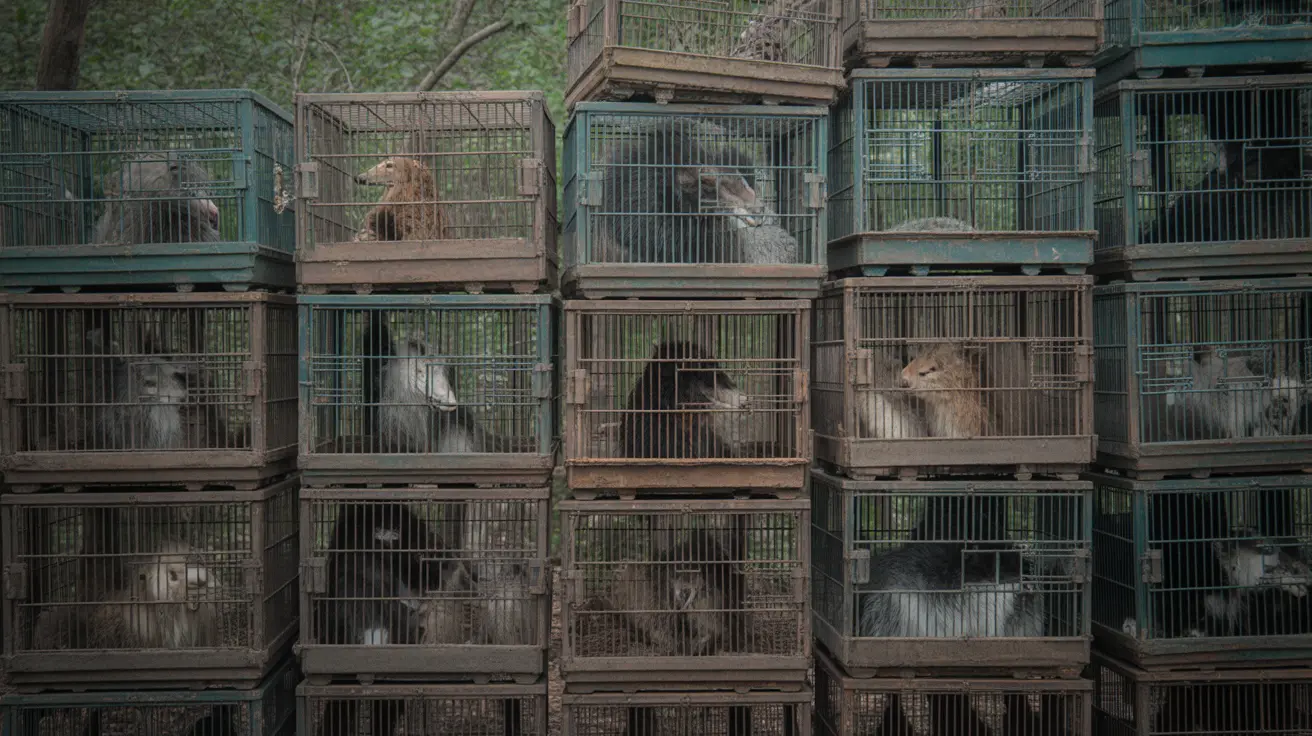Critical Animal Hoarding Situation Discovered in Northport
In a deeply concerning case of animal hoarding, authorities have discovered more than 200 animals living in deteriorating conditions alongside a 95-year-old woman in a Northport, Long Island residence. This large-scale animal rescue highlights the complex intersection of animal welfare and elder care that often characterizes severe hoarding situations.
The case, currently under investigation by local authorities, represents one of the most significant animal hoarding incidents recently documented in the New York area. The discovery has prompted immediate intervention from animal welfare organizations and social services to address both the animal neglect and human welfare components of the situation.
Understanding Animal Hoarding and Its Impact
Signs of Animal Hoarding
Animal hoarding situations typically develop gradually and can be characterized by:
- An overwhelming number of animals in a single residence
- Deteriorating living conditions for both humans and animals
- Inability to provide basic care and sanitation
- Denial about the impact on animal and human health
Mental Health Considerations
The connection between mental health and animal hoarding is well-documented in clinical research. These cases often involve complex psychological factors that require professional intervention and support. Understanding this relationship is crucial for developing effective long-term solutions and preventing recurrence.
Legal Framework and Intervention
New York Animal Cruelty Laws
New York State maintains strict regulations regarding animal neglect and cruelty. These laws provide legal frameworks for intervention and protection of animals in hoarding situations. Authorities can pursue various charges depending on the severity of neglect and living conditions discovered.
Challenges in Large-Scale Animal Rescue
When handling cases of this magnitude, rescue organizations face numerous challenges:
- Immediate medical assessment and care for multiple animals
- Limited shelter capacity and resources
- Need for specialized veterinary attention
- Documentation for potential legal proceedings
- Long-term placement solutions
Working Toward Solutions
Prevention and Early Intervention
Communities can help prevent severe hoarding situations through:
- Early recognition of warning signs
- Proper reporting to authorities
- Supporting local animal welfare organizations
- Understanding the connection between elder care and animal hoarding
Frequently Asked Questions
What signs indicate an animal hoarding situation, and how can I report it safely?
Animal hoarding often presents with multiple warning signs, including excessive numbers of animals, unsanitary conditions, and strong odors from a property. If you suspect animal hoarding, contact your local animal control officer or law enforcement non-emergency number to report your concerns confidentially.
What legal consequences can someone face for animal hoarding and neglect in New York State?
Under New York State law, animal neglect and cruelty can result in both misdemeanor and felony charges, depending on the severity of the case. Penalties may include fines, mandatory mental health evaluation, and potential imprisonment. Additionally, courts often restrict future animal ownership for convicted offenders.
How do shelters handle large-scale animal rescues from hoarding cases?
Shelters typically implement emergency protocols for large-scale rescues, coordinating with multiple organizations to provide immediate medical care, temporary housing, and eventual placement. These operations require significant resources, volunteer support, and careful documentation of each animal's condition and needs.
Conclusion
This Northport animal hoarding case serves as a crucial reminder of the importance of community awareness and prompt intervention in potential hoarding situations. It highlights the need for comprehensive approaches that address both animal welfare and human mental health components.
For those concerned about possible animal hoarding in their communities, remember that early reporting and intervention can prevent cases from escalating to this magnitude. Support your local animal welfare organizations and stay informed about the signs of animal hoarding to help protect both animals and vulnerable individuals in your community.






